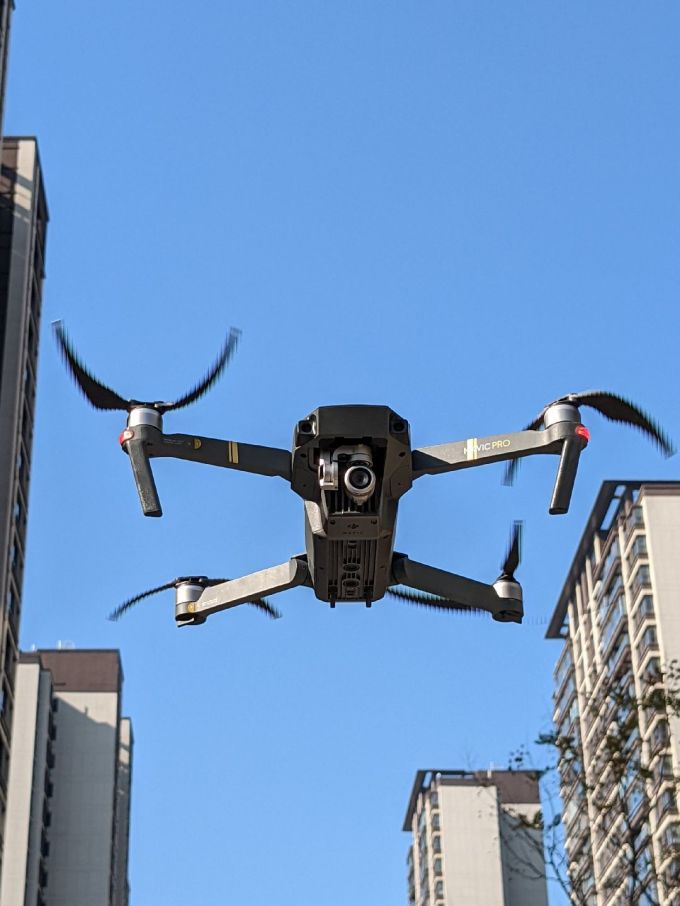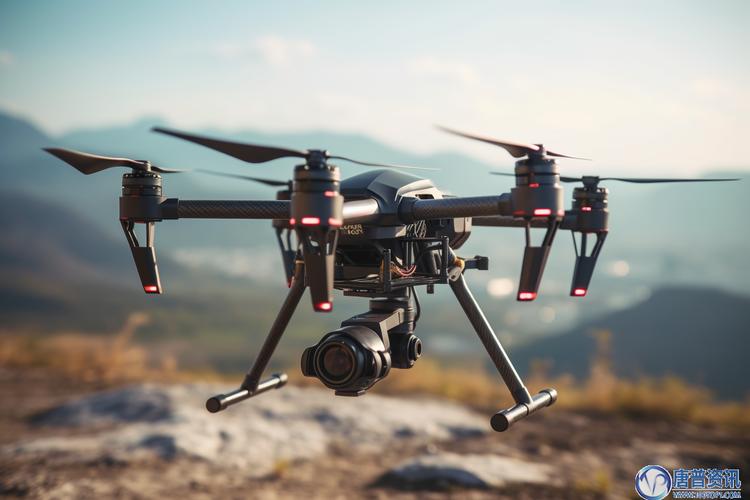In the rapidly evolving world of technology, unmanned aerial vehicles, commonly known as drones, have revolutionized various industries with their advanced capabilities. Among these, the integration of a drone with thermal imaging camera has proven to be a game-changer, offering unique advantages across diverse sectors. Thermal imaging technology allows users to detect heat signatures emitted by objects, enabling precise analysis in conditions where traditional cameras might falter.
has proven to be a game-changer, offering unique advantages across diverse sectors. Thermal imaging technology allows users to detect heat signatures emitted by objects, enabling precise analysis in conditions where traditional cameras might falter.
Advantages of Thermal Imaging
One of the most significant benefits of incorporating a thermal imaging camera with drones is the ability to perform inspections in complete darkness. This capability is invaluable in search and rescue operations, where locating lost hikers or stranded individuals can be a matter of life and death. Moreover, drones equipped with thermal cameras can survey large areas quickly and efficiently, identifying anomalies in infrastructure such as overheating equipment or electrical faults.
Applications in Various Industries
The utility of drones with thermal imaging cameras extends beyond emergency services. In agriculture, farmers are harnessing this technology to monitor crop health and optimize irrigation strategies. By detecting variations in plant temperatures, they can identify areas suffering from drought stress or pest infestations, thereby minimizing resource wastage and maximizing yield. In construction, drones assist in spotting heat leaks in buildings, ensuring energy efficiency and leading to substantial cost savings.
Energy sectors benefit from thermal imaging to check for gas leaks or overheating components in refineries and pipelines. This proactive approach minimizes risks and improves safety standards. Notably, wildlife conservationists employ drones to track animals without disturbing their natural habitats, identifying potential threats and assessing health from a safe distance.
Choosing the Right Drone and Camera
Investing in a combination of high-quality drones and thermal cameras requires meticulous consideration. Factors such as resolution, range, and the capability to interpret varying thermal wavelengths play a critical role in determining effectiveness. Experts recommend models with FLIR thermal imaging sensors due to their robustness and precision.
Battery life is another key aspect, as it dictates the extent of surveillance possible in one flight. Modern drones offer extended flying durations, ensuring comprehensive area coverage without frequent interruptions. Additionally, software compatibility that supports real-time analysis and seamless integration into existing systems enhances usability and maximizes the drone’s potential.
Regulatory and Operational Considerations
Operating drones, particularly equipped with thermal cameras, necessitates adherence to regulatory frameworks that ensure safety and privacy. Understanding these laws and acquiring necessary permits protects against legal repercussions and fosters responsible use. Training personnel adequately can also reduce operational mistakes and optimize data gathering efficiency.
FAQs on Thermal Imaging Drones
Q: Can drones with thermal cameras be used in adverse weather conditions?
A: Yes, thermal imaging is effective in fog, smoke, and even harsh weather. Its heat detection capability transcends limitations posed by visible light obstructions.
Q: What is the typical cost of a thermal imaging drone?
A: Prices vary depending on model and features but can range from a few thousand dollars to over ten thousand for high-end versions optimized for professional use.

Q: How accurate are thermal imaging cameras in drones?
A: Modern thermal imaging cameras offer high accuracy, often within a few degrees, making them suitable for intricate tasks such as fault detection and animal tracking.
By understanding and leveraging these advanced technologies, industries can enhance their operational efficiency and safety measures significantly, affirming the valuable role of drones equipped with thermal imaging cameras in modern applications.